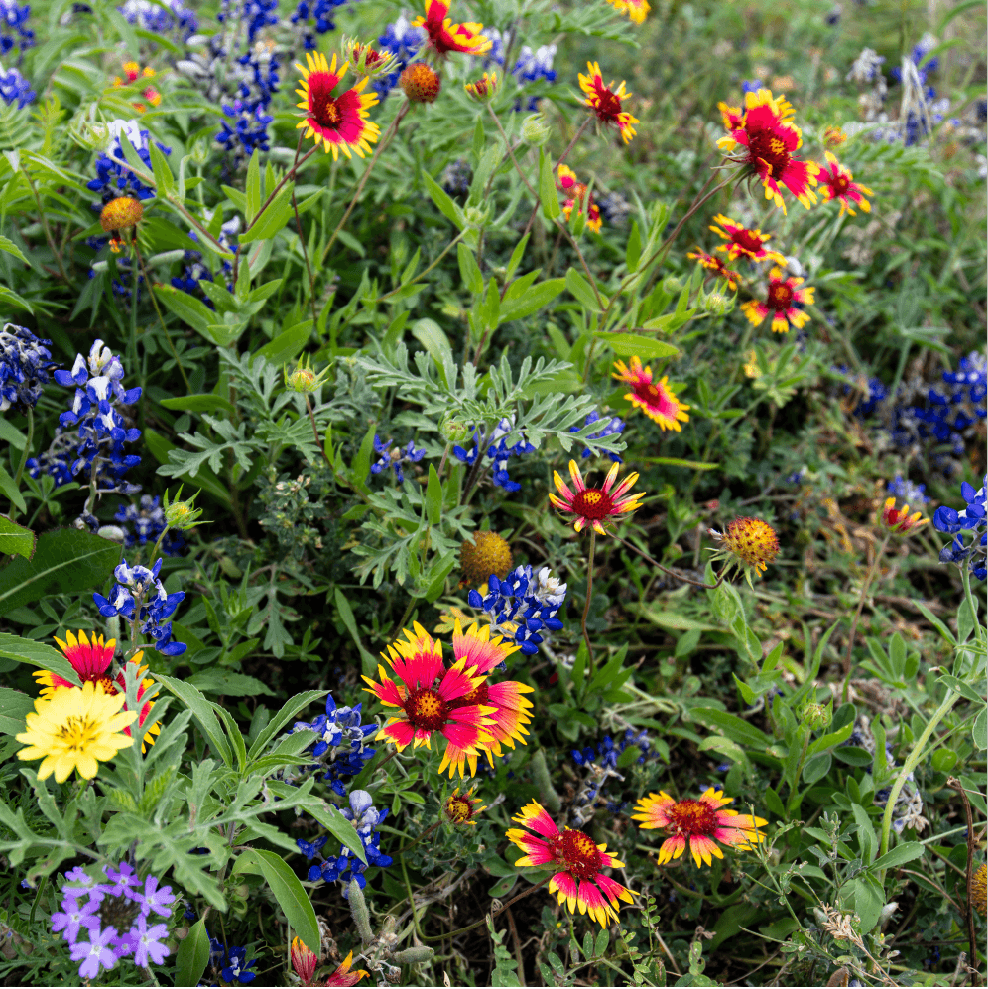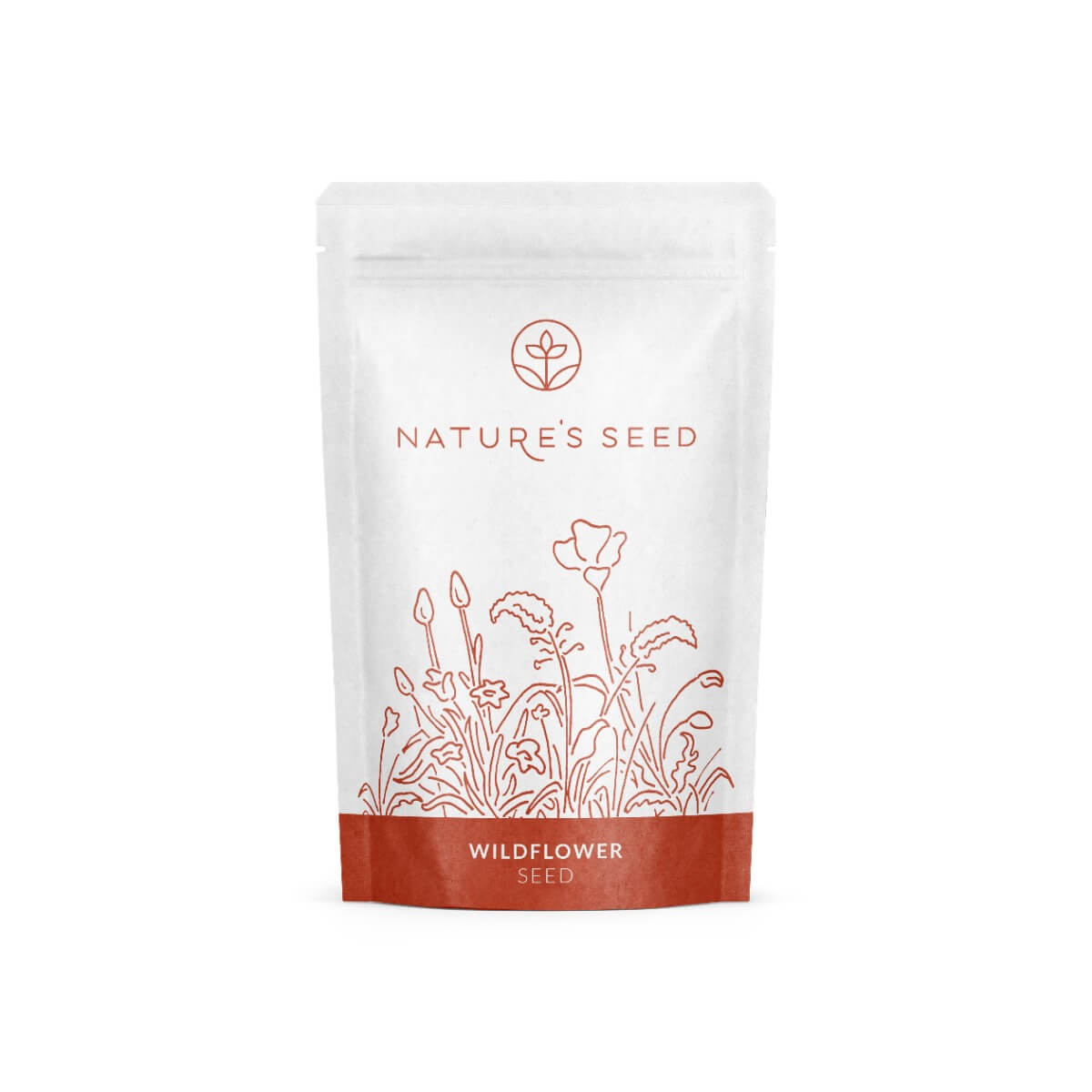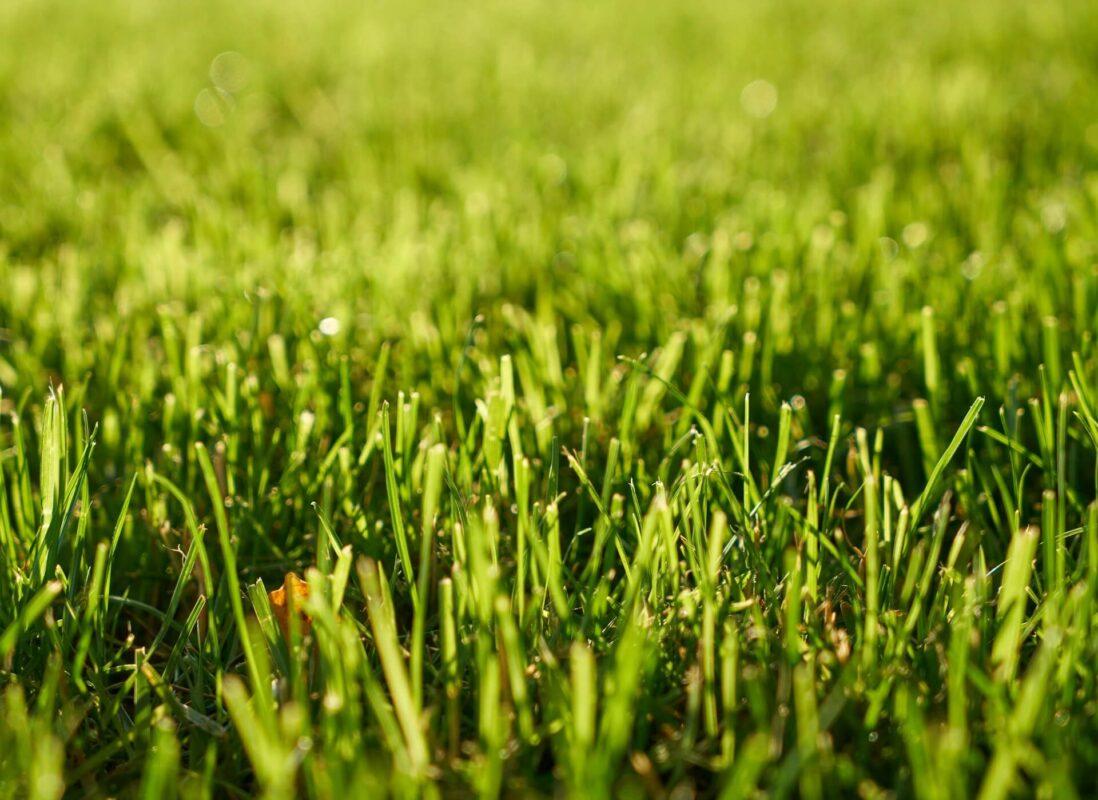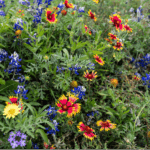
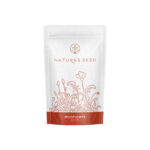
What is the Annual Wildflower Mix
This annual wildflower seed mix offers a burst of colorful blooms across any region of the United States. It is designed for easy establishment and continuous flowering from spring to fall, providing vital habitat for pollinators while beautifying landscapes. Ideal for ecological restoration projects or garden plantings, it’s beginner-friendly and low maintenance.
Specifications
Sun Requirement
Full Sun
Soil Preference
Well-drained, average-fertility soil
Soil pH
~5.5–7.0
Time to Maturity
6–12 weeks to first blooms after germination
Height when mature
~6–60 inches (varies by species)
Seeding Rate
1lb / 2,000 Sq Ft
Planting Depth
Surface-sown or ≤1/8″ deep
Annual Wildflower Mix
SKU: WB-AN
Check your ZIP code to know if this seed works for you
Check Your ZIP Code
×Enter your ZIP code to see if this seed works in your region:
- Cattle
- Poultry
- Sheep
Why Choose This Seed?
What is in the Mix?

First-Year Blooms
Enjoy flowers the same year you plant – annual wildflowers germinate quickly and start blooming within weeks of planting.
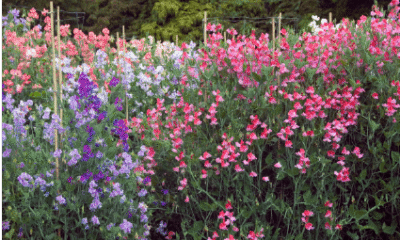
Season-Long Color
A blend of early and late-blooming species provides continuous color from spring through fall.
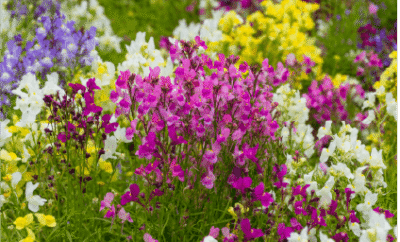
Vibrant Variety
Contains a rainbow of bloom colors (red, yellow, orange, blue, purple, white and more) for a striking, multihued display
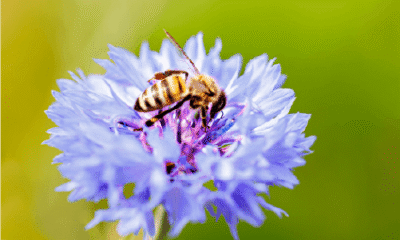
Pollinator-Friendly
Attracts bees, butterflies, and hummingbirds with nectar- and pollen-rich flowers, supporting local pollinator populations
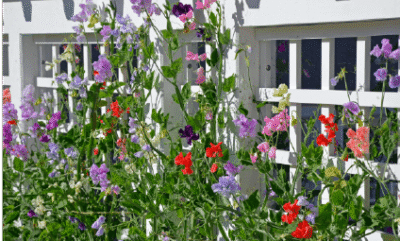
Adaptable Nationwide
Selected to thrive in diverse climates and soils across the U.S., with an emphasis on native wildflower species for ecological restoration
What is in the Mix?
Seed Description
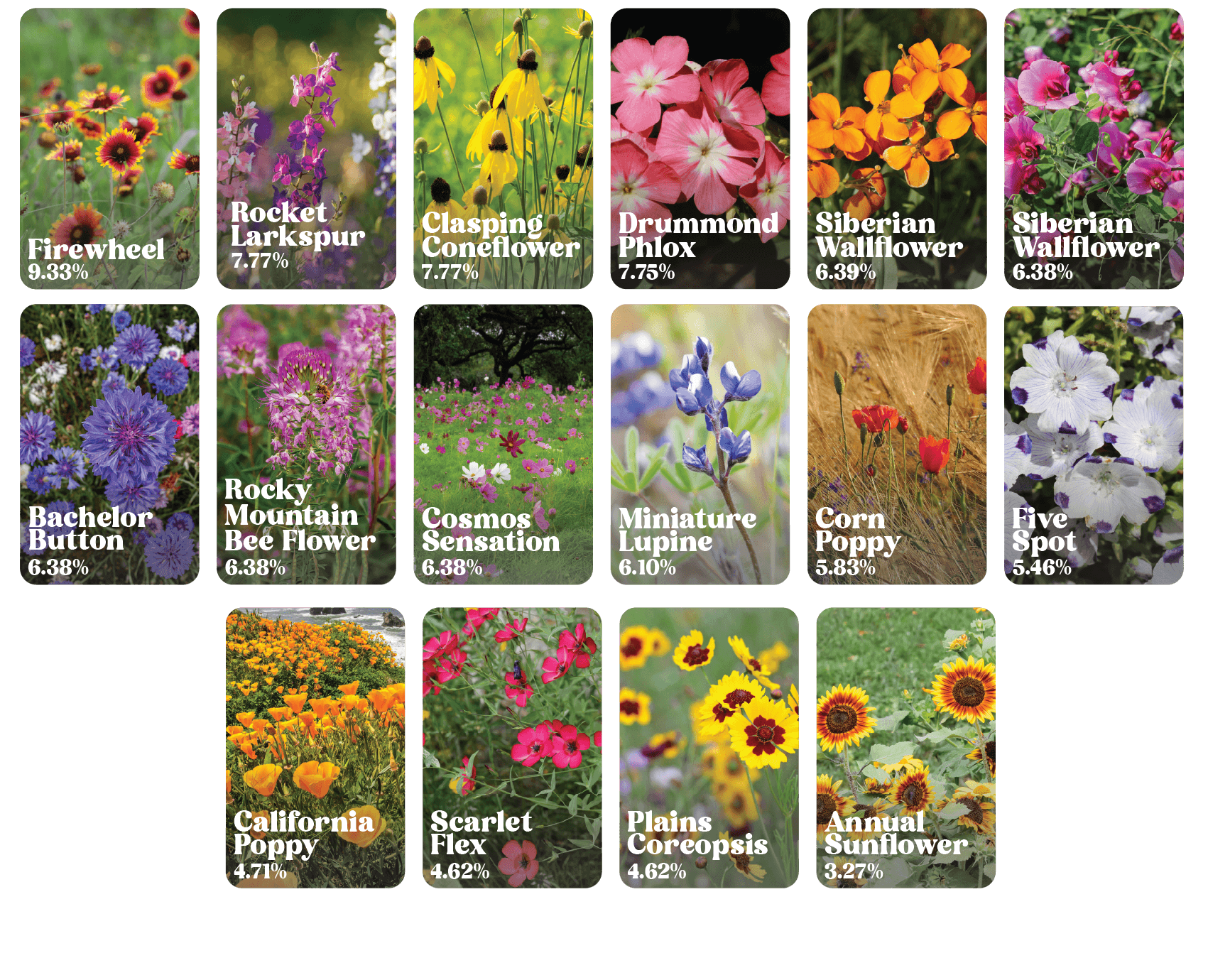
Product Details
Sun/Shade
Full sun
Height
6–60 inches tall at maturity
Seeding Rate
1 Lb / 20,000 Sq Ft
Uses
naturalizing meadows/pastures, ecological restoration, pollinator gardens, low-maintenance landscaping, ornamental flower beds, and even cut flower bouquets.
Color
Mixed bloom colors – includes reds, yellows, oranges, blues, purples, whites, and more for a vibrant display.
Water
Moderate water needs.
Native/Introduced
Combination of native American wildflowers and naturalized (non-native) species.
Life Form
Annual
Planting Guidelines
Prepare the Site
Choose a planting location with full sun and clear out any existing vegetation (weeds, grass) before sowing. Removing competing weeds/grass is the most important step for success. Once the old vegetation is gone, gently loosen or rake the top 2–4 inches of soil to create a fine seedbed and ensure good seed-to-soil contact. (Avoid deep tilling, which can bring weed seeds to the surface.)
Sow the Seeds
Mix the wildflower seeds with a neutral carrier (e.g. sand or vermiculite) to help spread them evenly. Broadcast the seed mixture uniformly over the prepared area at the recommended rate (about 1 ounce of seed per 125 sq ft). For larger areas, using a hand-crank spreader can help achieve even coverage. Try to sow on a calm day to prevent seeds from blowing away.
Press, Don’t Cover
After sowing, lightly rake the area or press the seeds into the soil surface. Ensuring good contact with the soil will improve germination. Do not bury the seeds deeply – many wildflower seeds require light to germinate, so they should remain on or very near the surface (no more than ~1/8 inch deep). In fact, it’s often best to simply roll or walk over the seeded area to press seeds in without covering them with too much soil. If the site is on a slope or prone to erosion, consider applying a light mulch of clean (weed-free) straw or pine needles to protect the seeds and retain moisture, but make sure you can still see some soil through the mulch.
Water and Maintain
Water the area immediately after planting to settle the seeds. Keep the soil consistently moist (but not waterlogged) during the germination and seedling stage – this may require gentle watering once or twice per day for the first few weeks in dry weather. Seeds will sprout in 1–3 weeks, and you should continue regular watering until the seedlings are about 6–8 inches tall. After that, the wildflowers can often get by with rainfall and only need supplemental water during extended dry spells. No fertilization is needed – wildflowers actually thrive in low-fertility soil, and adding fertilizer (especially high nitrogen) can encourage weeds or overly lush growth. As the flowers grow, remove any persistent weeds that appear, and then enjoy the blooming meadow. At season’s end, you can mow or trim the area once seeds have dropped, to help scatter seeds for the next year.
Questions & Answers
When is the best time to plant the Annual Wildflower Mix?
The ideal planting times are either in spring or fall. Spring planting is generally recommended once the danger of the last frost has passed (for example, mid-April to early May in many areas). This allows the wildflower seeds to germinate with warming weather and spring rains. Fall planting can also be successful – sow the seeds in late fall (after a few hard frosts, e.g., around early November) so that they lie dormant over winter and sprout the following spring. In warm-winter regions, some gardeners even plant in late fall or winter to take advantage of seasonal rains.
How much area does one package of seed cover, or how much seed do I need for my project?
Coverage depends on the seeding rate. A common recommendation is to sow roughly 1 ounce of seed per 125 square feet of area. For reference, Nature’s Seed packages the Annual Wildflower Mix such that 0.5 lbs will cover about 1,000 sq ft, and 1 lb will cover around 2,000 sq ft. This works out to approximately 20–22 lbs per acre for a dense wildflower meadow. In practical terms, you’ll need roughly 0.5 pounds of seed for each 1,000 square feet you plan to sow. It’s often better to err on the generous side with the seeding rate if you want a very full display, though extremely high rates aren’t necessary and can cause overcrowding.
Do these wildflowers need full sun, or will they grow in partial shade?
Most of the species in this mix prefer full sun, meaning at least 6–8 hours of direct sunlight per day. A wide-open, sunny location will yield the best flowering results. That said, some of the wildflowers can tolerate partial shade (for example, a half day of sun or filtered light); you may still get blooms in areas with some afternoon shade, but the overall display might be less intense. For optimal height and bloom density, planting in full sun is recommended. In shadier spots, you might see fewer flowers, and very shady (wooded) areas are not suitable for this particular mix.
How often should I water, and should I fertilize the wildflowers?
Watering is crucial during the early stages. After sowing, you should water the area and then keep the soil consistently moist until the seedlings are well established (about 4–6 weeks after germination). This often means watering once or twice a day (a gentle, light watering) for the first few weeks if rain isn’t adequate. Once the young plants reach 6–8 inches tall and have developed roots, you can taper off watering – at that point, the wildflowers will generally thrive with normal rainfall and only need supplemental water during prolonged dry or heat waves. As for fertilizer: do not fertilize your wildflower meadow. Wildflowers do best in nutrient-poor or average soil, and adding fertilizer (especially high-nitrogen types) can cause excessive leafy growth and invite weeds. So, skip the fertilizer unless a soil test shows extreme nutrient deficiency – in most cases, it’s unnecessary and can even be counterproductive by favoring weeds or grasses over the flowers.
How long does it take for the flowers to bloom after planting?
One of the advantages of an all-annual mix is quick blooms. In general, you’ll see the seeds sprouting about 1–3 weeks after planting (depending on soil warmth and moisture). From germination, the annual wildflowers in this mix typically start blooming in roughly 6–12 weeks. So if you plant in spring, expect some blooms by early to mid-summer. Different species will bloom at slightly different times, providing a succession of color. Many annuals will continue flowering for months – often up until autumn frost kills them – especially if moisture is available. Essentially, you get a near-continuous display from early summer through fall in the first year.
Will these wildflowers reseed and come back next year?
The mix consists of annual wildflowers, which complete their life cycle in one growing season. That means the same plants won’t survive the winter in cold climates. However, many annuals will drop seeds before they die. If you leave the spent flowers and seed pods on the ground at the end of the season, those seeds can overwinter in the soil and germinate the next year under the right conditions. In practice, you often see a second generation of wildflowers popping up on their own in subsequent years (this is how wildflowers maintain themselves in nature). The degree of reseeding can vary – some species self-sow prolifically, while others less so. To maximize reseeding, allow the flower heads to fully mature and shed seed before doing any mowing or cleanup in the fall. Keep in mind, though, that the overall display may diminish over time if you don’t occasionally add additional seed, since not all areas will reseed evenly. Many gardeners choose to overseed a bit each year to ensure consistent results, but it is possible to get volunteers year after year from the initial planting if conditions are favorable.
Still have
questions?
Our planting experts
are here to help.
customercare@naturesseed.com
Response time:
Within 1 business day
Reviews
| Dimensions | 6 in |
|---|---|
| Sun/Shade | |
| Est Rate | |
| Height | |
| Seeding Rate | |
| Uses | |
| Color | , , , , , , , , , , |
| Water | |
| Life Form | |
| Lowest price | |
| Coverage Area | , , |
Related Products
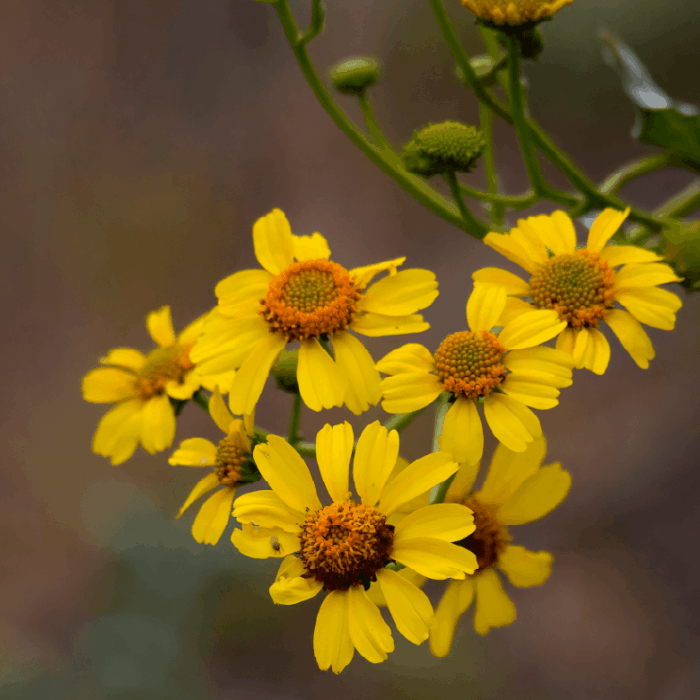
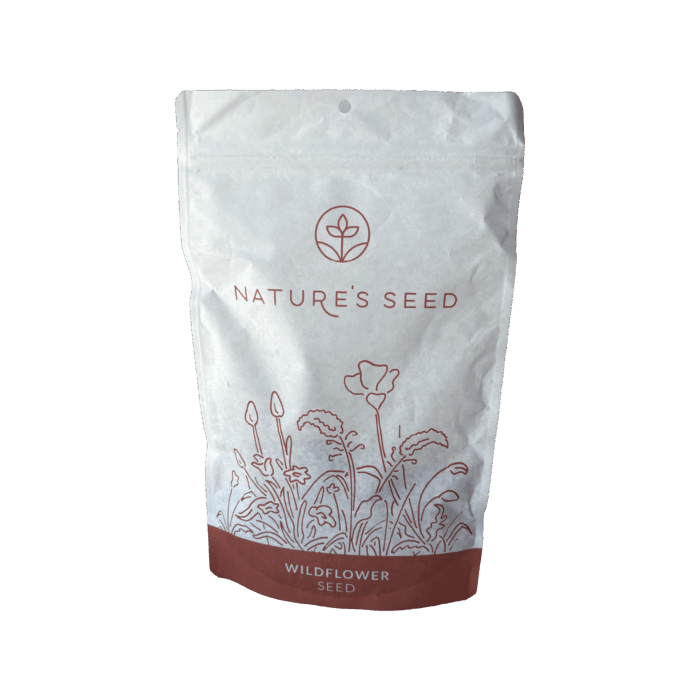
Brittlebush
(4.7) - 145 reviews
$35.96/lb
Desert landscaping, xeriscaping, slope revegetation, pollinator gardens
Southern USDA Regions (8-10), Transitional USDA Regions (6-8)
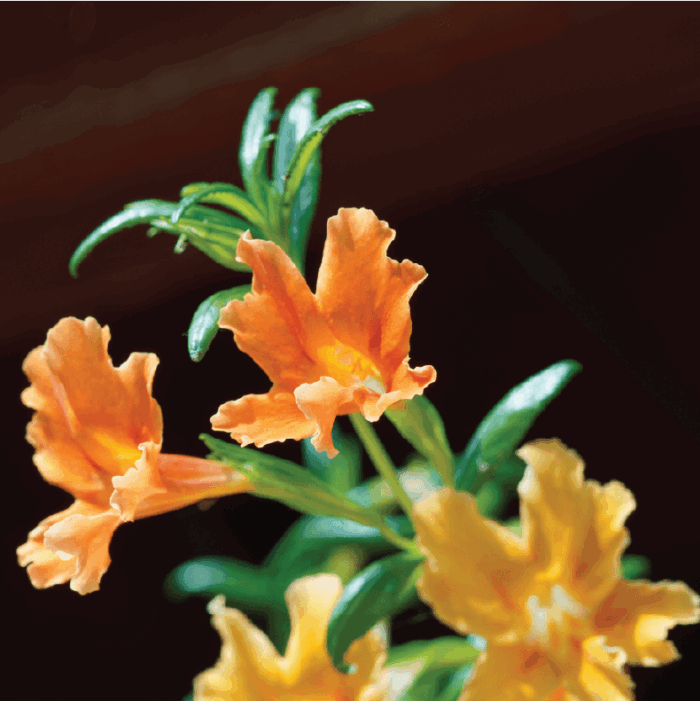

Bush Monkeyflower
(4.7) - 145 reviews
$67.96/lb
Hillside stabilization, wildlife gardens, coastal gardens, large containers
Southern USDA Regions (8-10), Transitional USDA Regions (6-8)
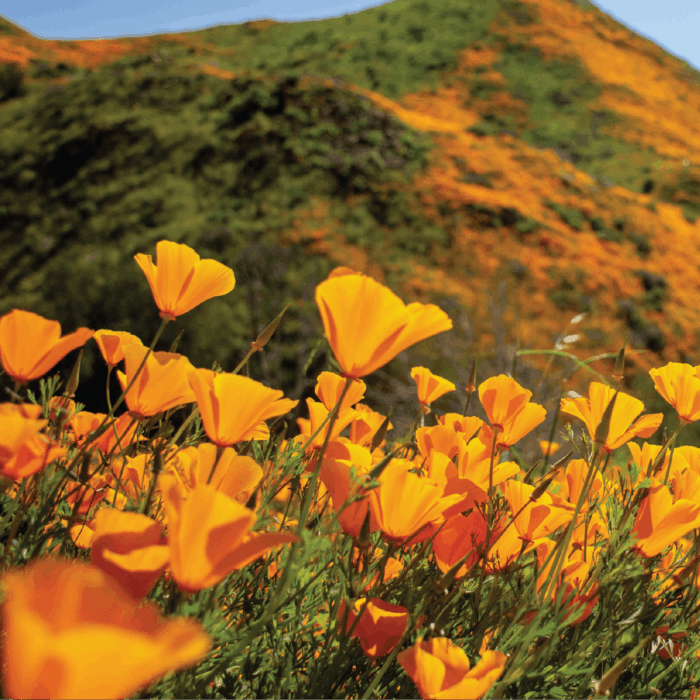
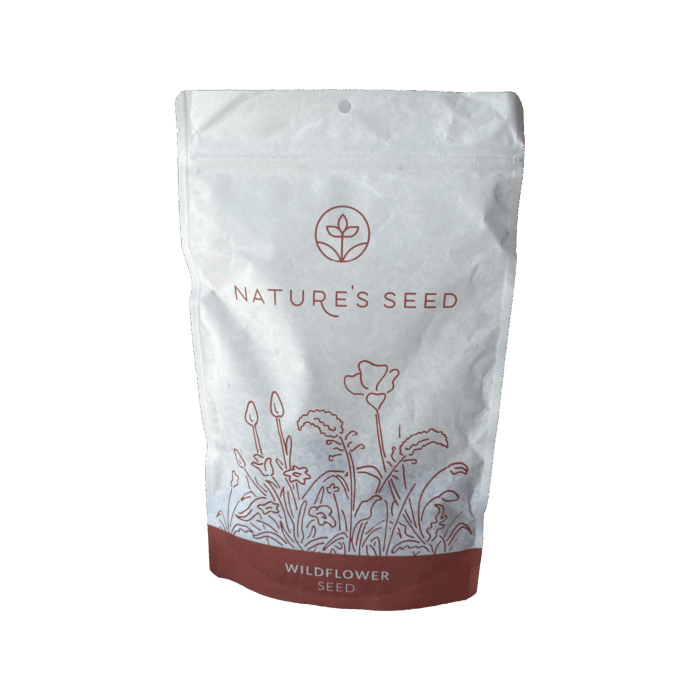
California Poppy
(4.7) - 145 reviews
$31.98/lb
California poppies offers ornamental color, supports pollinators, drought resistance, and minimal maintenance. They’re ideal for creating sunny, low-water wildflower displays.
Southern USDA Regions (8-10), Transitional USDA Regions (6-8)
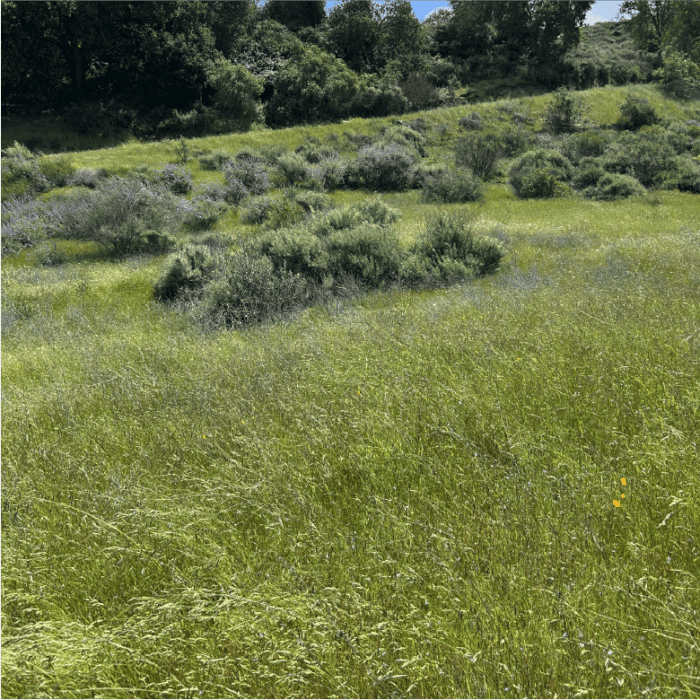

Coastal Sage Scrub Mix
(4.7) - 145 reviews
$65.98/lb
Xeriscaping, Wildlife Gardens, Ecological Restoration
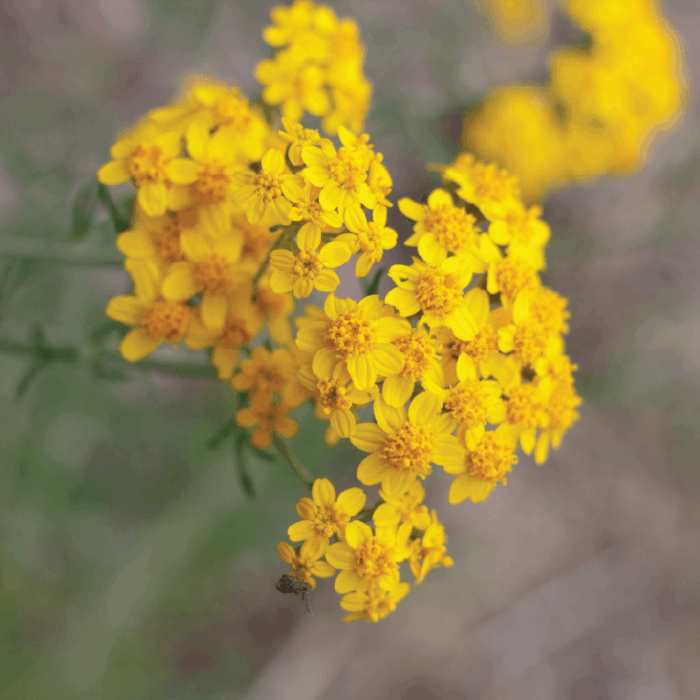

Golden Yarrow
(4.7) - 145 reviews
$183.96/lb
Dry borders, rock gardens, slopes, butterfly gardens, roadside plantings
Southern USDA Regions (8-10), Transitional USDA Regions (6-8)


Purple Needlegrass
(4.7) - 145 reviews
$67.96/lb
Grassland restoration, erosion control, wildlife habitat, low-water landscaping
Southern USDA Regions (8-10), Transitional USDA Regions (6-8)
